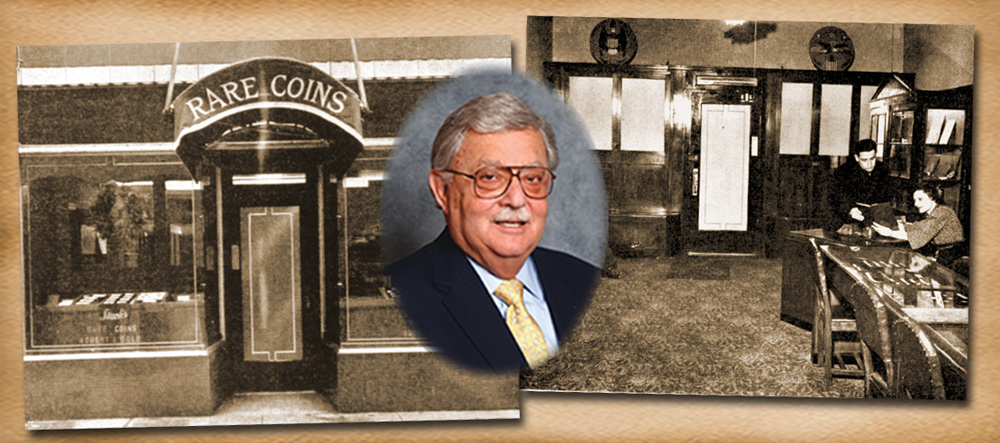
It makes me remember how I, now a Senior Professional Numismatist with well over 70 years dealing in coins, learned about coin collecting and how it was different than how one experiences numismatics today. Looking back I had the good fortune to enter into a family business that specialized in coins. Each day I had the opportunity to learn about various series, as thousand of coins came into the shop, brought in either over the counter or as part of collections we handled.
The coins were of course first sorted by denomination, then year and mint and grouped together. At the time, coins from the late 19th century up to the coins in current use could be found in change, or in boxes set aside because parents and grandparents found them unusual. There were also many examples of foreign currency that came to us this way. It could be early date Lincoln cents, silver coins of the Barber design, Buffalo five-cent pieces or well-worn modern coins — all these various designs and denominations might be part of the sort.
After doing this virtually on a daily basis, I became aware — as others of my generation did — what was common, what was scarce and what was rarely found. The advent of albums like the blue Whitman folders (sold for 25 cents) could be instructional also. Clients who visited the shop would ask for certain dates and mints, and if you had one that would fill a space in the album, you could make a sale that made the client and the dealer happy. In the course of each day, I learned, from others and from noticing what came in and went out much about scarcity and I could use this information for future trading.
In the early days of the 20th century, values could be found in dealer price lists and by consulting auction sales of better dates. In the 1930s we got information from the Standard Catalog of U.S. Coins, published by Wayte Raymond, and the buy and sell booklets published by B. Max Mehl. In the 1940s there was the addition of the Guide Book of United States Coins (the Red Book) and buying information found in the Handbook, both published by Whitman on a yearly or so basis. There were no daily or weekly listings, only The Numismatist, which was published monthly. Not many were members of the American Numismatic Association at the time, especially since they restricted their membership for decades to those who were 18 years or older. So the beginning collector had little to work with, and if there wasn’t a dealer near where he lived, change from circulation became the source of fulfilling his collection.
As a collector grew to maturity, other things like working and starting a family often precluded collecting. This limited the number of people who had the time and means to seriously pursue the hobby and gain the knowledge to become professional numismatists.
Other events also played a role in the development of coin dealers and changed the hobby forever. These included World War I, the inflation of the roaring twenties, the Depression of the 1930s, World War II and the post war era, the removal of gold coins from circulation, the change to clad coinage in the 1960s, the advance of gold prices in the early l970s, the silver jump to $50 per ounce in the early 1980s, and all the other financial happenings that occurred.
Within numismatics there were also many changes that affected the hobby and how dealers were able to do business. Weekly coin newspapers such as Coin World and Numismatic News offered more timely information as did a specialized weekly paper known as the Coin Dealer Newsletter. There were many auction sales, and collections that had been developed decades became available. This was a special time in numismatics and as the economy grew, more collectors opened businesses, existing dealers became even busier and the hobby expanded.
The membership in the ANA grew from a few thousand to well over 50,000, or more. Dealer shops were staffed by professionals who knew about coins and could grade and price them on the spot. Relationships were developed with clients who built great collectors and became well-informed collectors. Collections formed in the earlier years of the 20th century came to market and, guided by professional dealers, new collectors added these items to their new “great collections.” These dealers were mostly well informed and taught and encouraged this new generation of collectors.
As the last century ended, there were new tools that became available to the collector and the dealer and many changes in the hobby. I will talk more about recent times next week.





